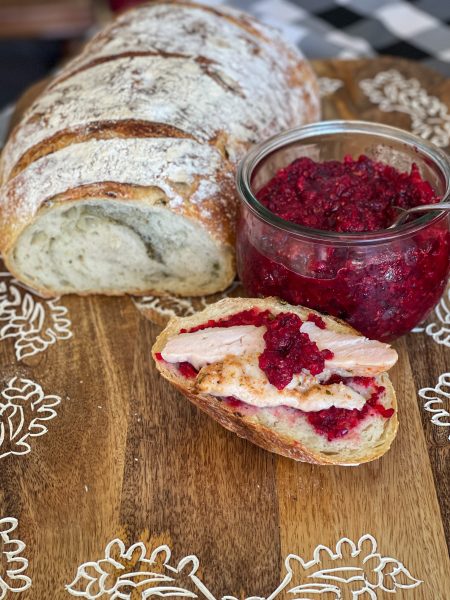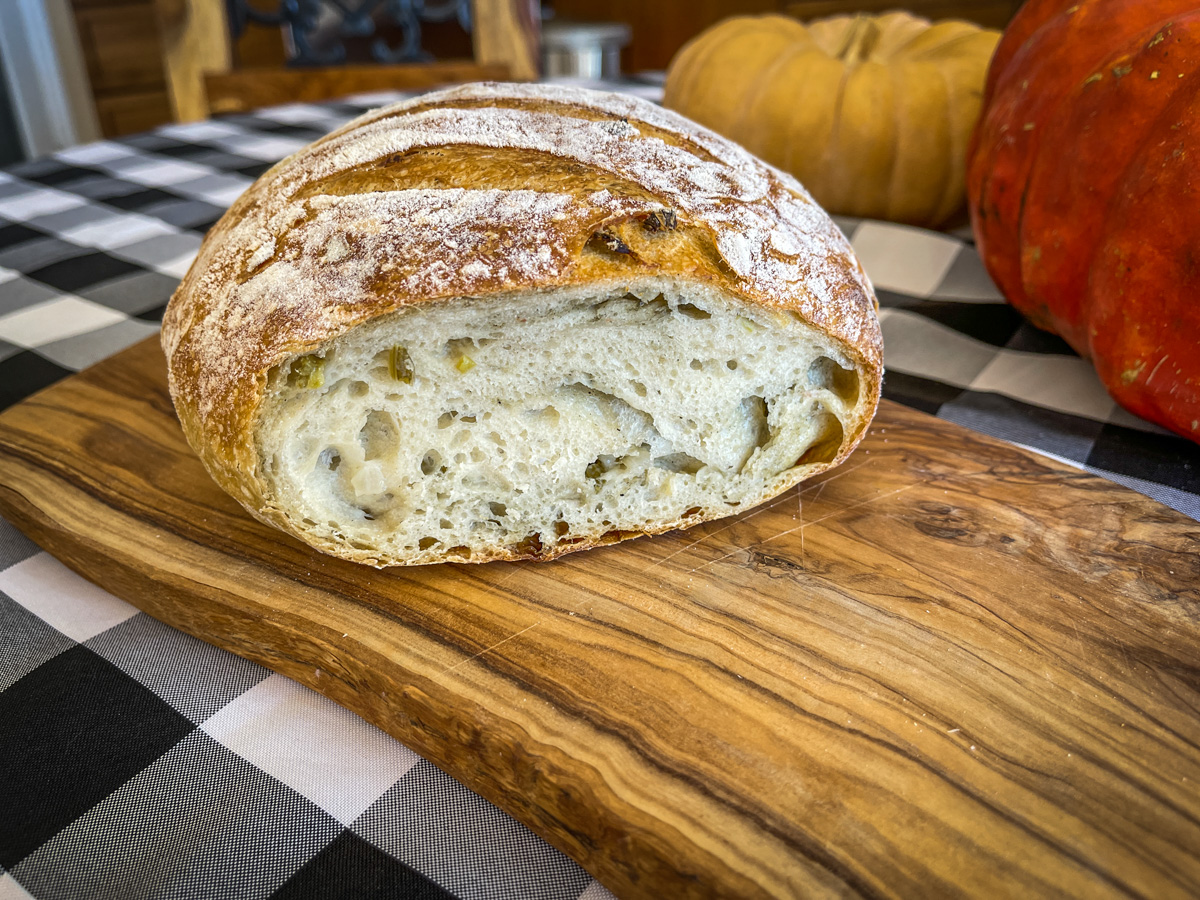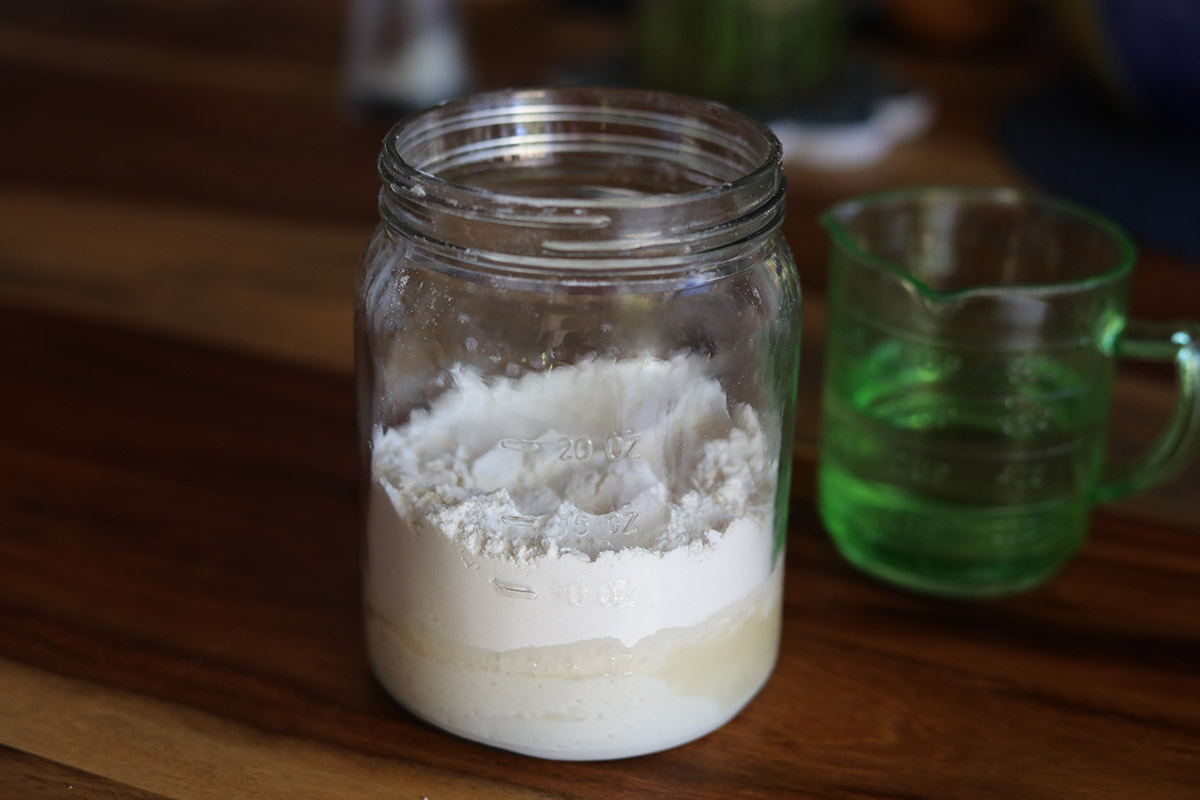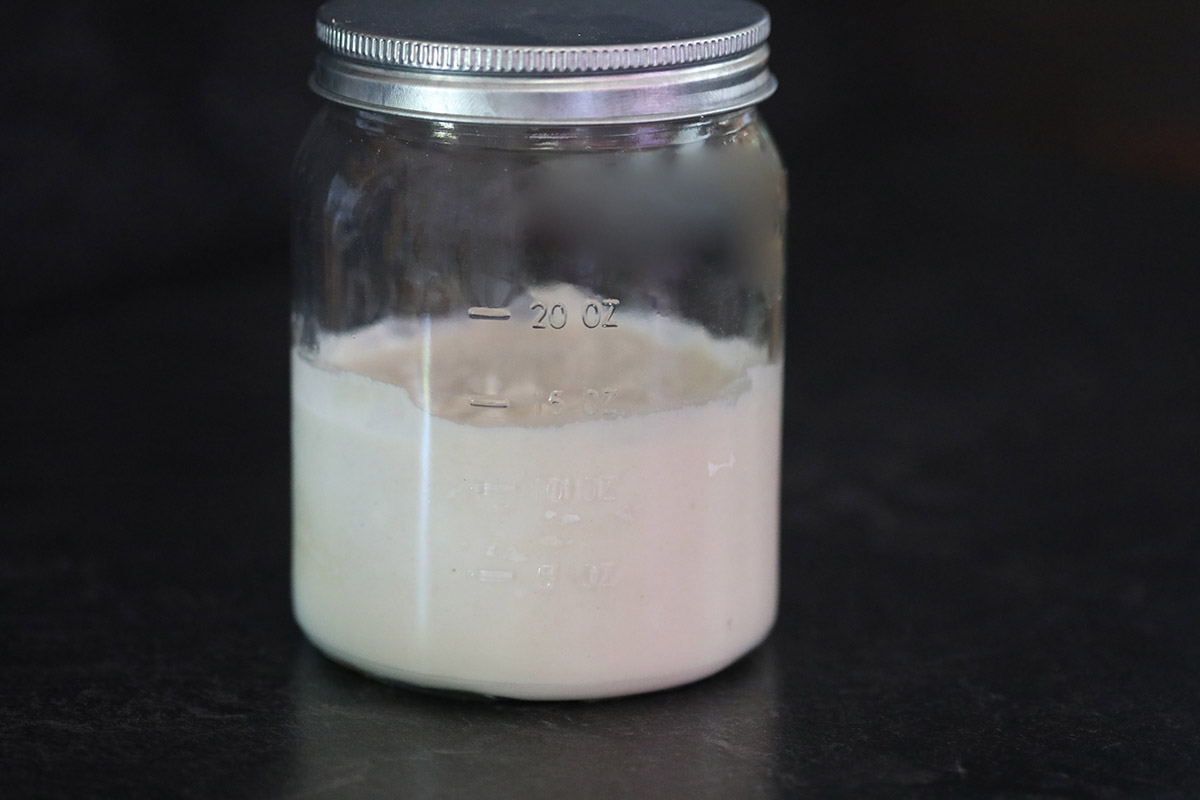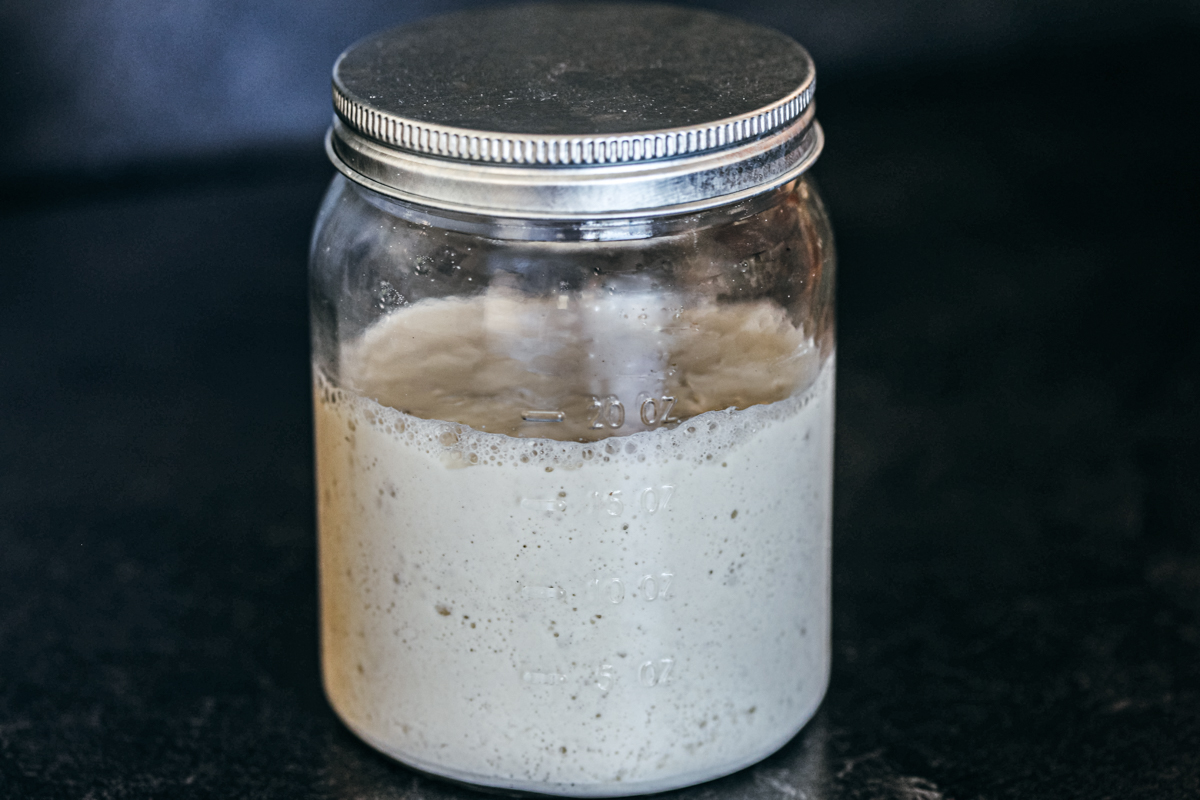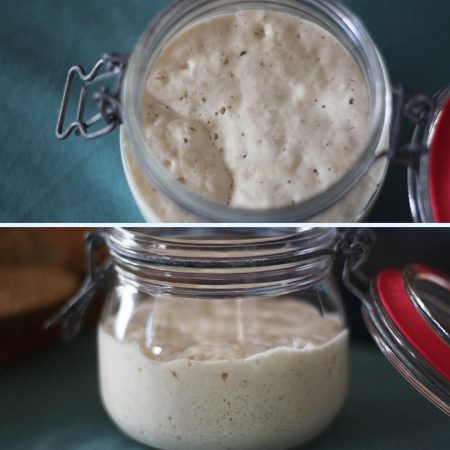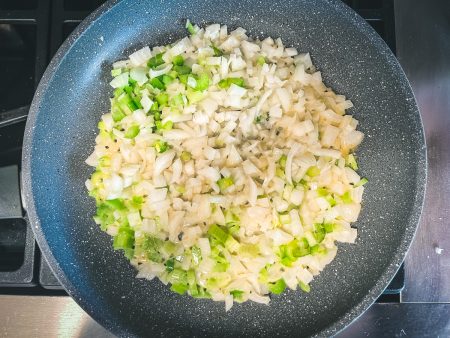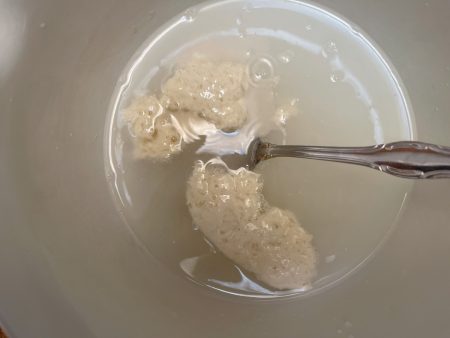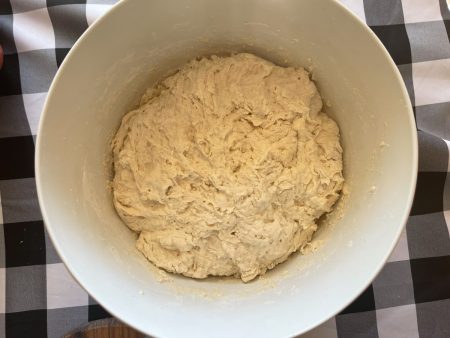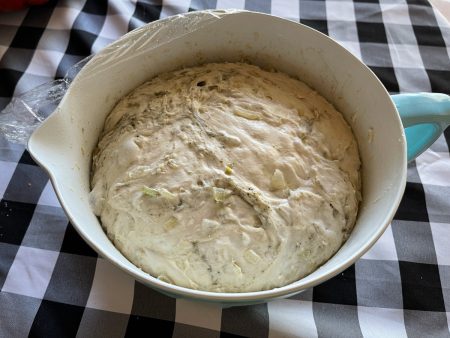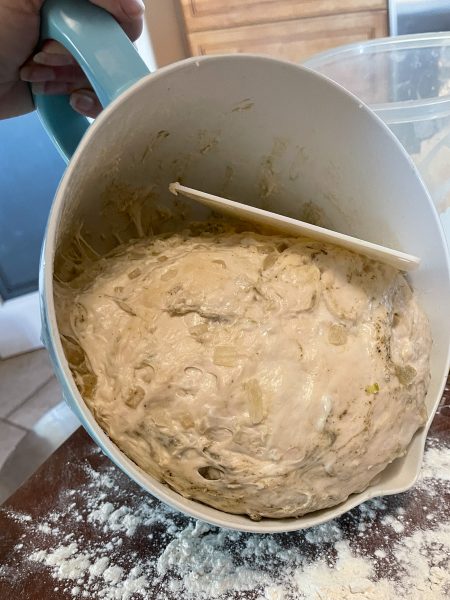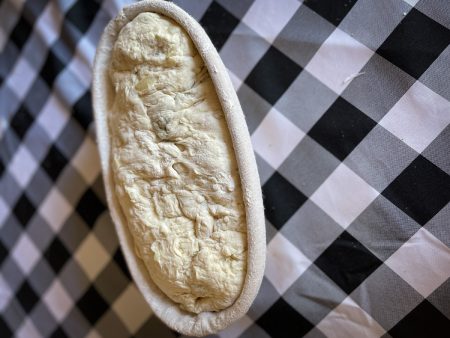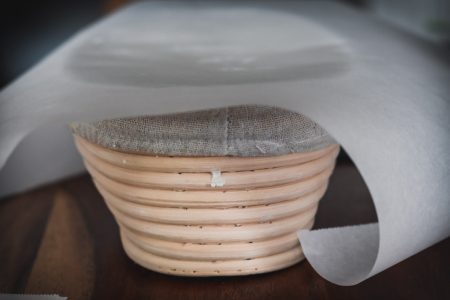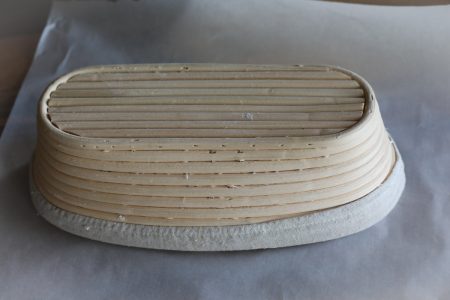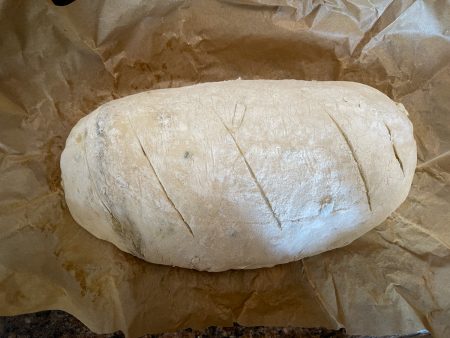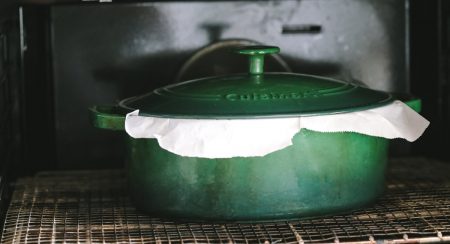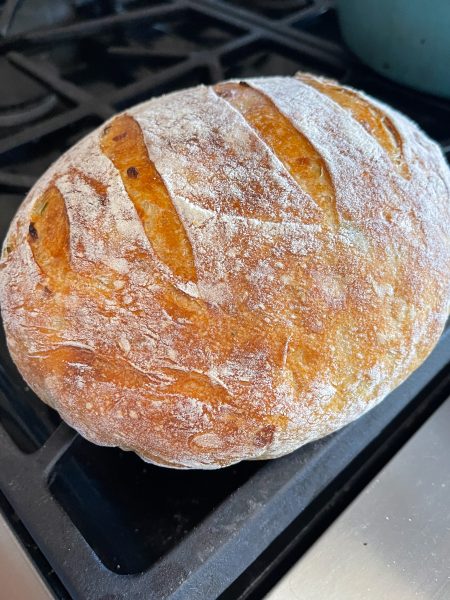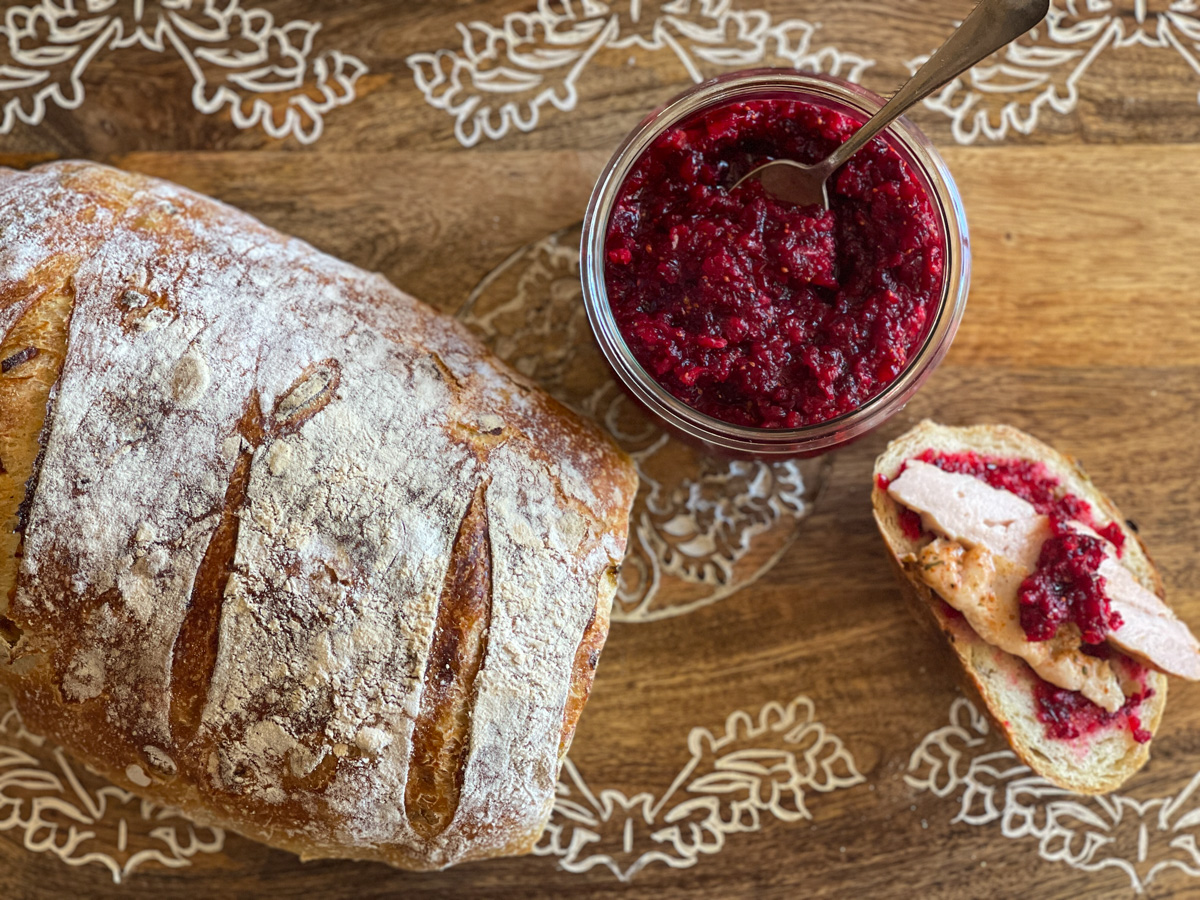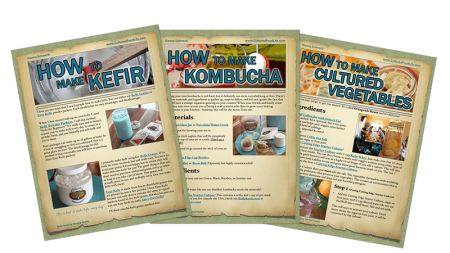
Sourdough Stuffing Bread —With Fermented Cranberry Sauce
Bread that Tastes Like Stuffing
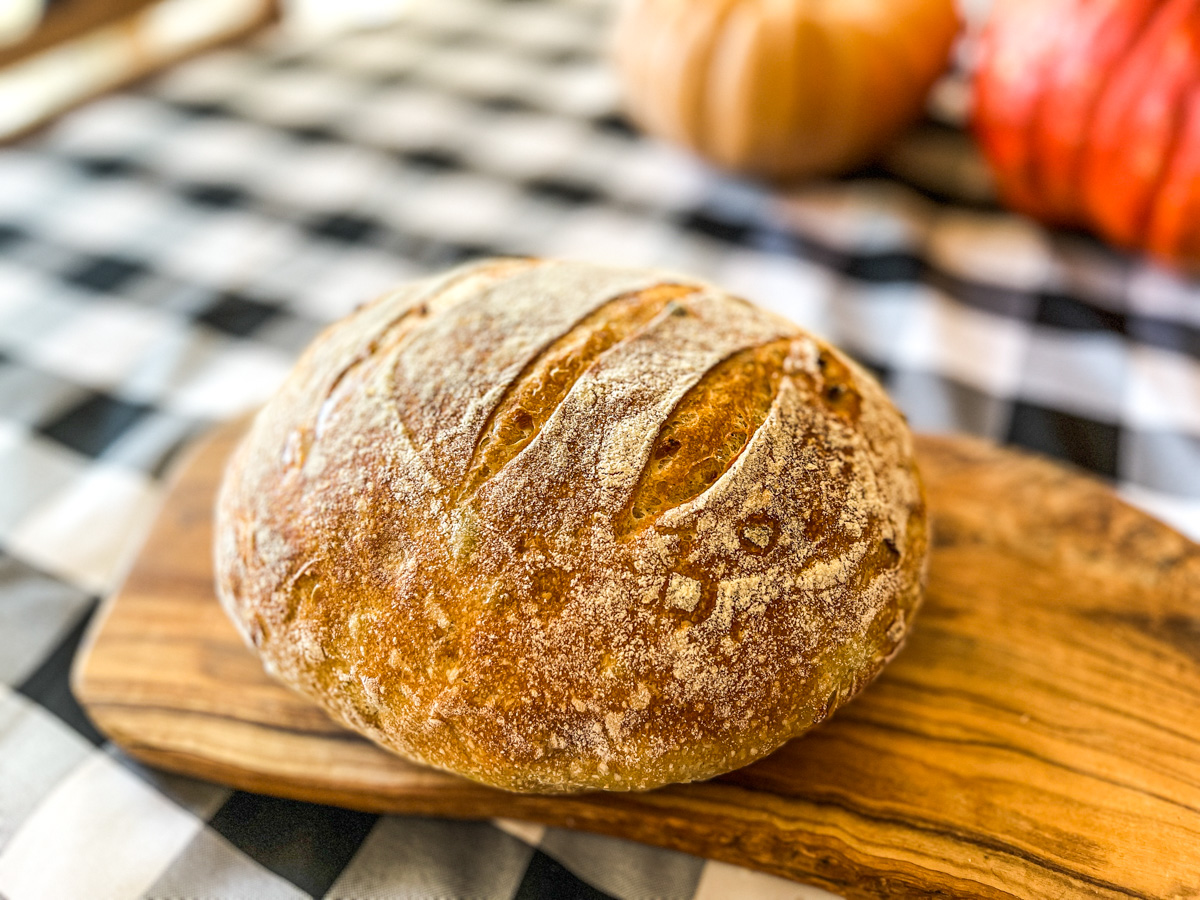
"Nurture a sourdough starter and rise your bread to heights of grandeur and fall in love with sourdough bread."Donna
When I was a little girl, my mom always made her stuffing for the turkey the night before Thanksgiving. It would sit in this large glass bowl filled with bread cubes, celery, onions, and seasoning. Every time I would walk by that bowl I would steal a cube of bread being careful not to take too much lest my mom notice. The stuffing was my favorite dish at Thanksgiving and we only got it once a year so it felt very special to me. My sister would always make turkey stuffing sandwiches the day after the feast. She stuffed bread with leftover turkey, cranberry sauce and stuffing. It was her favorite day after Thanksgiving feast ritual. One day just recently, I went to a sourdough bakery and restaurant where they served turkey melts on cranberry sourdough bread, and I thought maybe I could make stuffing bread with all the yummy veggies and seasonings in the stuffing. It would make a great way to use up leftovers from the Thanksgiving turkey. It turned out so delicious, but I was not prepared for the way it smelled while it was baking. This just might become a Thanksgiving tradition from here on out - it's that good!
Making sourdough bread has taught me so much. It's impossible to consume flour and water by itself and consider it anything edible. But take those same ingredients and throw in a little salt, a culture, and let it ferment, and it will transform into one of the most consumed foods in all the world.
Fermented Cranberry Sauce
Then I made a cranberry sauce fermented with honey which was so easy. It only took a day and about 5 minutes to make. Honey has antibacterial qualities that keep a hive healthy; but when you add honey to a food or liquid that increases the water content, you transform honey to a ready medium that supports the growth of beneficial bacteria and ferments beautifully. Serve this yummy relish on the holidays or make a turkey sandwich with leftovers and Sourdough Stuffing Bread!
Cranberries are usually eaten only around the holidays. It’s really a shame we don’t eat them all year long as they are powerful foods that can work like preventative medicine. Check out this article to learn more about cranberries.
Sourdough Bread Has Important Microbes
A couple of quick things to remind you how special sourdough bread is. The sourdough starter is loaded with Lactobacillus bacteria which help break down the glutens and unlock the nutrients to make a wonderful bread that everybody will enjoy.
I have found that most people’s bodies struggle to digest grains. Yet these same bodies flourish with grains that have been made with a sourdough culture. Sourdough bread that has been made with longer fermentation times (seven or more hours) is considered lower glycemic, which is a wonderful benefit. In addition, the sourdough process produces changes to the composition of the grain in numerous ways that make it a more beneficial food. This process produces vitamin C and increases the content of vitamins B1, B2, B5 and B6. Carotene, which is converted to vitamin A, increases dramatically – sometimes as much as an eight-fold increase. Using a sourdough culture also inactivates aflatoxins, which are toxins produced by fungus and are potent carcinogens found in grains.
Although it takes a little bit to make it, sourdough bread can be fast food on busy days. Sandwiches are the best when made with sourdough bread and the benefits are many. It doesn't take long to throw it together, although this recipe requires cooking the veggies before making it. But that is easily done and so worth the effort.
I hope that you will try to make sourdough bread sometime. It is a special and fulfilling skill that I try to make super easy for you. The microbes do most of the work - you just need a little patience and a lot of love to put into the bread. It's love made visible . . . just you wait and see.
Helpful Tips for sourdough bread
The secret to good sourdough bread is in the bubbly sourdough starter. (You can buy my live starter here.) To make a really bubbly sourdough starter, you must feed it a ratio of one to one to one. So what this means is 1/2 cup of sourdough starter and 1/2 cup flour and 1/2 water. You can make more starter than this, but always keep the ratio 1 to 1 to 1 and you will have a really bubbly sourdough starter.
Always feed the starter the night before (or at least 4 to 8 hours before you make your bread). This all depends on the temperature in your home. The warmer it is, the sooner it will rise and be bubbly. Once your starter begins rising in the jar and is filled with bubbles on the top and sides it's ready to go.
Make sure that you have been feeding the starter at least once a week if you have been keeping it in the fridge. If you haven't been feeding your starter this often, then feed it twice a day for a day or a couple of days until it's bubbly again. Here's a link to make a strong sourdough starter.
Keep your dough on the moister side. Add less flour and it will rise higher and have a lighter taste. It will also have more holes if you like this in sourdough bread.
Use flour with a higher protein content as this allows for a high rising sourdough bread. Check out #7 on the FAQ Sourdough page on how to calculate how much protein your flour has.
Get The Recipe!
Sourdough Stuffing Bread
Ingredients
- 50 grams Bubbly Sourdough Starter - (¼ cup - See step 1 of instructions)
- 350 grams warm water (80° F) - (1 ⅓ cups plus 2 tablespoons)
- 500 grams Bread Flour - (4 cups plus 2 tablespoons) You can use other flours, too: white unbleached flour, white whole wheat, or spelt. Whole wheat flour will be denser and won’t rise as much as white flour. For your first few loaves, you'll have more success if you don't use it. Don’t use gluten-free flours.
- 9 grams Celtic Sea Salt (finely ground) - (1½ teaspoons) or Himalayan salt
Stuffing Filling
- 1 ½ tablespoons butter
- 1 medium onion - 140 grams
- 1 stalk celery - 50 grams
- 1 teaspoon Poultry Seasoning
Every ingredient with a link was selected by me to make it easier for you. I may receive a small affiliate commission if you buy something through my links. Thank you! ❤️
Instructions
- You need to make sure your sourdough starter is bubbly and ready to go. If it has not been fed recently, take a few spoonfuls of sourdough starter from your fridge and give it that much flour and water and let it ferment for 6 - 8 hours. Here is more help for a bubbly sourdough starter. How to care for your sourdough starter
Stuffing
Making the dough
- After 30 minutes, gently knead the vegetables into the dough and knead for about a minute. Add a little flour if the dough feels too sticky, but it should be a little moist. Place the dough back in the bowl and cover with plastic wrap. Let it rise overnight for 8-10 hours (around 70°F) or until the dough has risen in the bowl and looks puffier.
Making and Baking the Bread
Get The Recipe!
Fermented Cranberry Sauce
Ingredients
- 12 ounces cranberries - fresh or frozen
- ½ cup raw honey
- 1 medium orange
Every ingredient with a link was selected by me to make it easier for you. I may receive a small affiliate commission if you buy something through my links. Thank you! ❤️
Instructions
- Juice and zest the orange. You should have a few tablespoons of juice and about a tablespoon of zest.
- Place cranberries, orange juice, and orange zest in a food processor.
- Pulse until the cranberries are crushed. You can make it smooth or chunky like a relish. I like mine chunky.
- Scrape the blended cranberries into a small jar (pint size) for fermenting. Blend in the honey and place a lid on the jar.
- Ferment it for 24 hours on the counter, then store in the refrigerator. If you want it less sweet, ferment it for an extra day or two. Stir it once a day. It will become less sweet the longer it ferments.
Are you on the list?
Sign up today and I'll send you my free Getting Started Guide!
Each week I'll send you updates, tips, recipes, and more! You might even be a winner of my weekly giveaway! (starter cultures, memberships, and more!)
Come be a part of my cultured food family!

